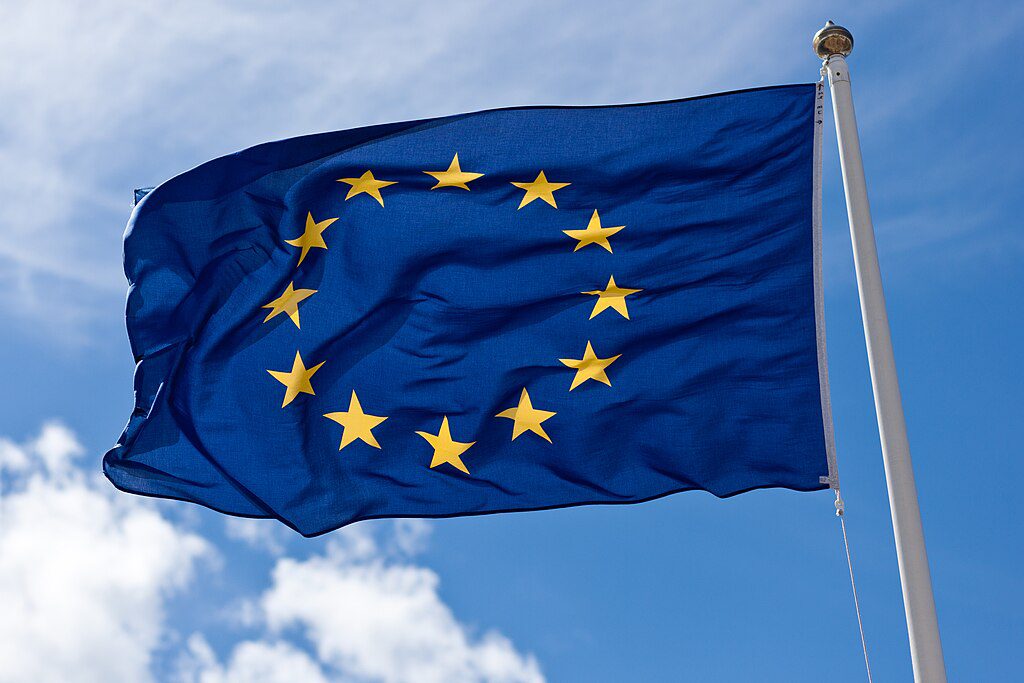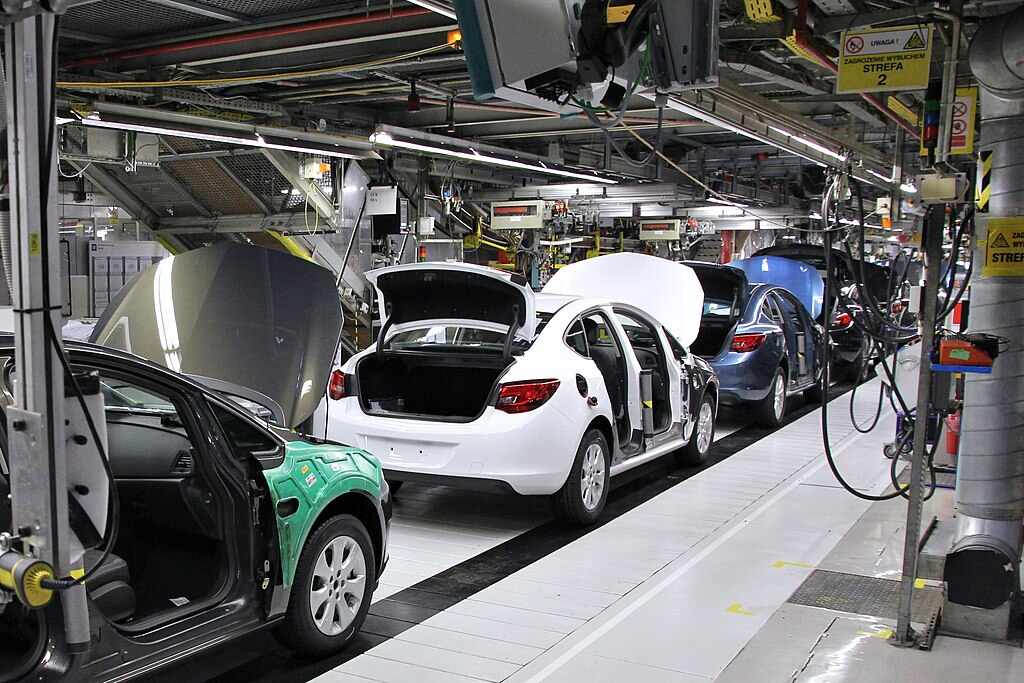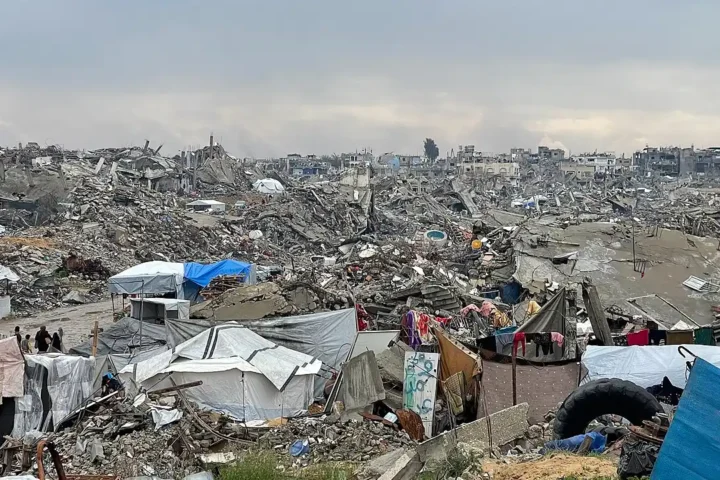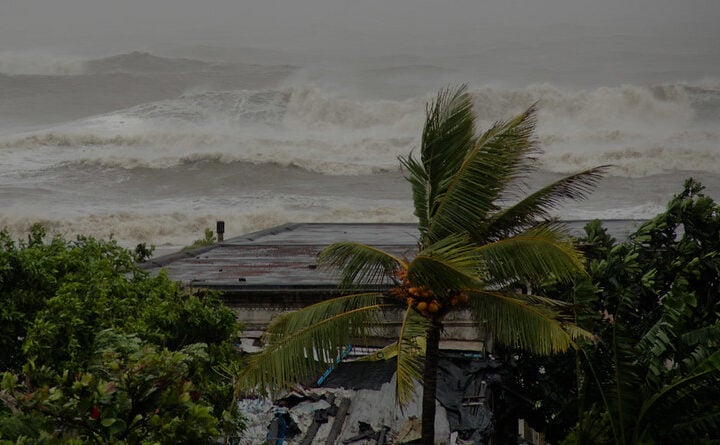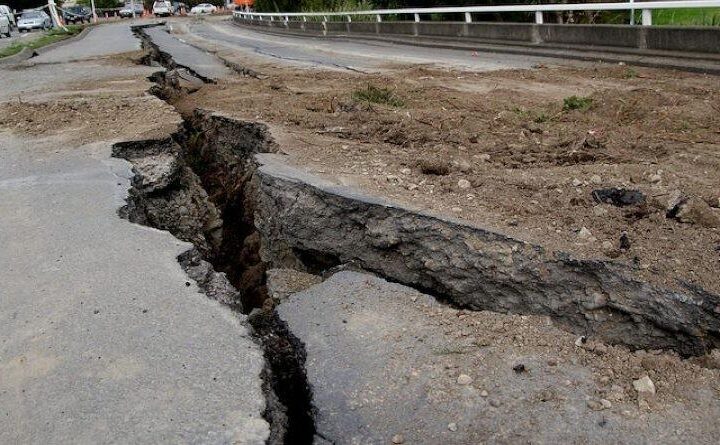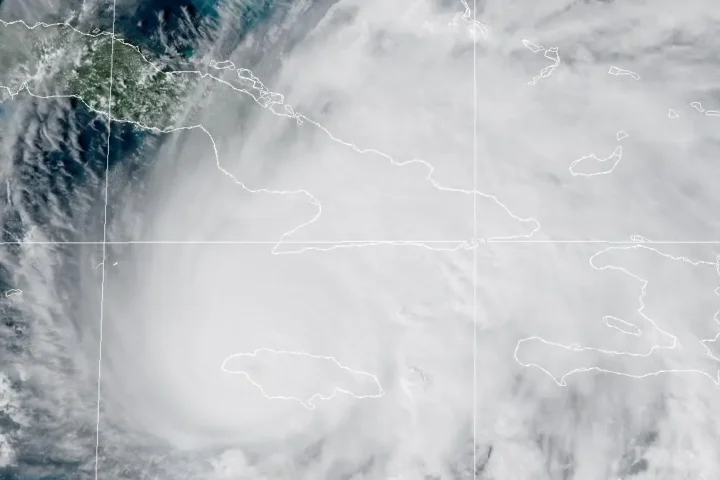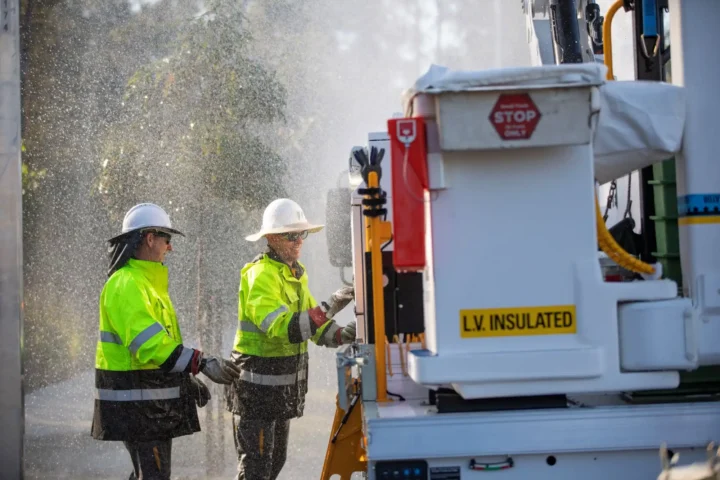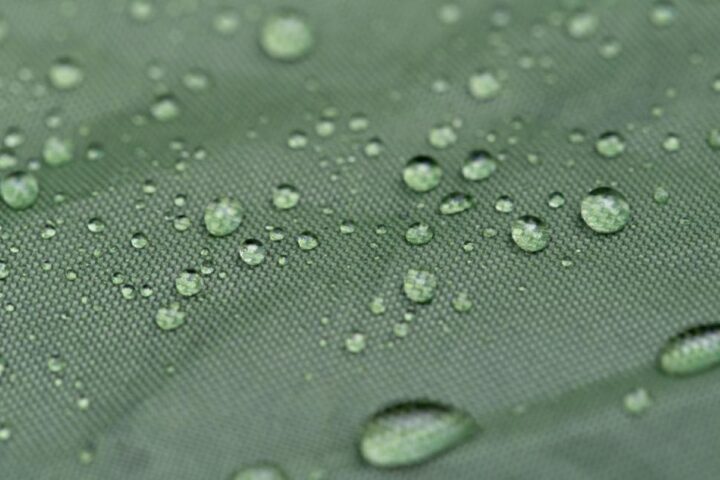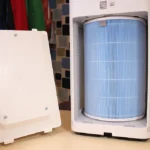The European Commission has banned harmful chemicals in firefighting foams, taking a major step to protect people and the environment. The October 3 decision targets PFAS – substances nicknamed “forever chemicals” because they never break down in nature.
“Today’s ban on all PFAS in firefighting foams is good news for the environment and public health,” said EU Environment Commissioner Jessika Roswall.
These chemicals are widespread in firefighting products, with about 60% of foams containing PFAS. They’ve polluted soil and water across Europe, including drinking water that people rely on daily. Without this ban, around 470 tonnes of these chemicals would continue entering the environment every year, putting firefighters and communities at risk.
Similar Posts
The new rule limits PFAS to just 1 mg/L in firefighting foam. Understanding that some sectors need time to adapt, the Commission created a timeline for different users:
- Portable fire extinguishers: 6 months to comply
- Training, testing, and municipal fire services: 18 months
- High-risk industrial sites (like fuel storage facilities): 10 years
These deadlines balance environmental protection with practical realities.
PFAS-free alternatives that work just as well already exist. These replacement foams fight fires effectively without leaving behind chemicals that last for generations.
The Commission also extended the deadline for phasing out PFOA (a specific type of PFAS) in existing systems from July 4 to December 3, 2025. This gives facilities more time to clean and upgrade their equipment.
This restriction is part of broader EU efforts against PFAS pollution.The firefighting foam ban marks an important shift in how the EU handles persistent chemicals, finding a middle ground between protecting nature and giving affected sectors realistic timelines to make changes.
